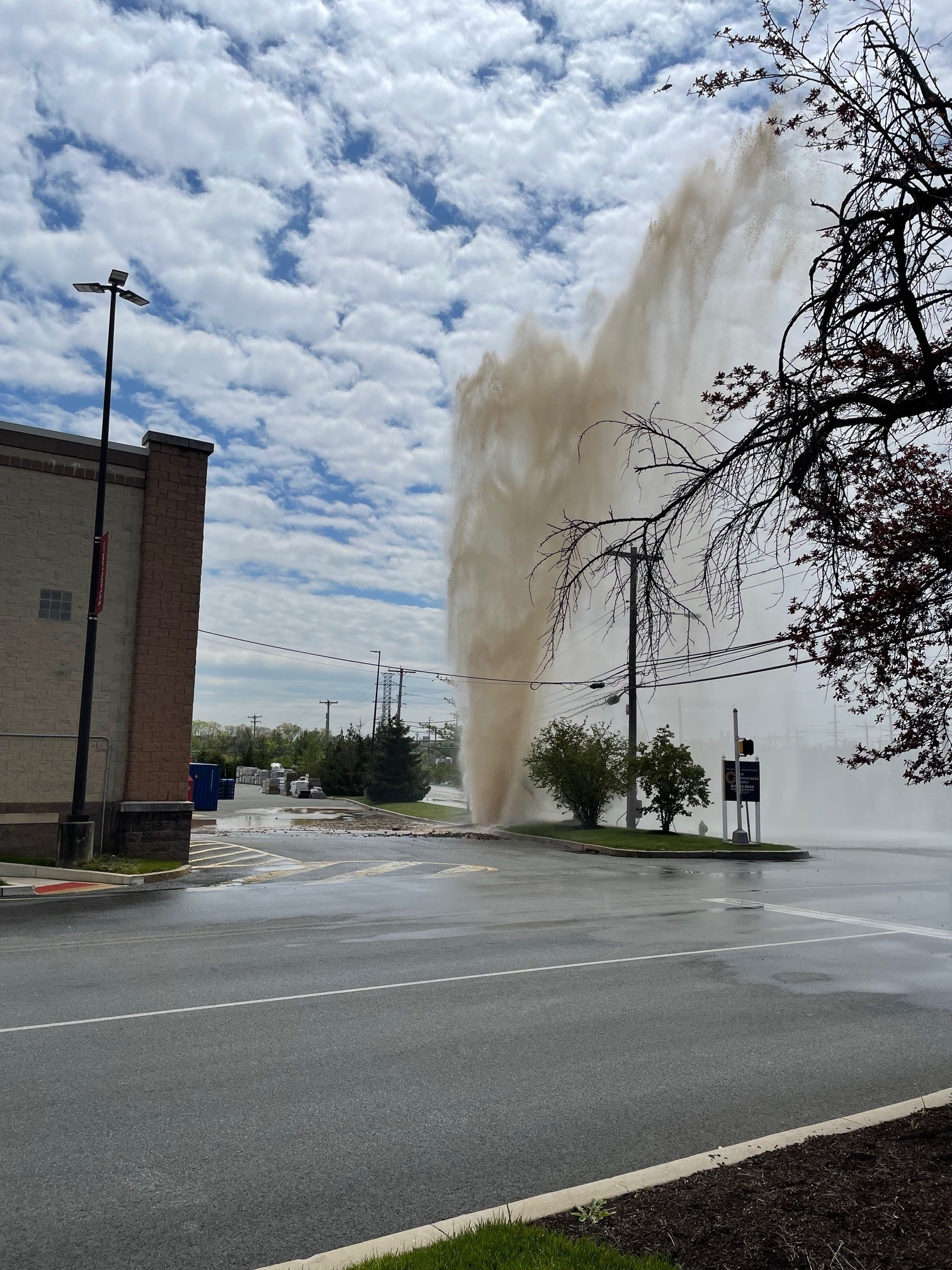From their perch 100 yards away, the coyotes seem to stare at Jim Cowell as they brazenly case his beef cattle.
"It seems like they're getting awful brave. They're not intimidated by people anymore," said Cowell, who carries a .22 when he's working his farm outside Waynesburg in southwestern Pennsylvania. "It is a little unnerving."
Not to mention something of an economic threat. Cowell once lost four calves to coyotes, whose population has soared since the 1980s. So when the state House recently passed legislation that would pay hunters and trappers $25 for each coyote they kill, Cowell and other farmers cheered.
"It's a problem that needs to be taken care of," he said.
The state's second-largest predator after the black bear, the coyote has been documented in Pennsylvania since the late 1930s. No one knows for sure how or why they showed up, or how many there are now, but the crafty canines have been blamed for a wide assortment of atrocities — from killing livestock to depleting prized whitetail deer to stealing into suburban neighborhoods and making off with Fido and Fluffy.
Yet wildlife experts say coyote bounties have never worked anywhere they've been tried, raising questions about whether the $700,000 that lawmakers voted to spend on the bounty program would be money well spent. The measure has been sent to the Senate for consideration.
"Bounties have been used to control coyote populations in North America for over 150 years, despite a lack of evidence that they lead to long-term reductions in populations," Utah State University researchers wrote in a 2003 study.
While it hasn't taken an official stance on the bounty bill, the Pennsylvania Game Commission also takes a dim view of bounties.
"No measurable good ever resulted from the Game Commission's predator bounties in the 1900s. They truly were a waste of money," the agency says on its website.
Coyote predation has been more of an annoyance than a serious problem for Pennsylvania livestock owners. Since 2000, losses ranged from a high of 247 animals in 2008 to a low of 114 in both 2001 and 2002, according to state statistics. Even sheep — among the most vulnerable of livestock — are killed in relatively low numbers, dozens per year out of about 100,000 statewide.
Some farmers have had more trouble than others, though.
George Wherry said he once lost 234 sheep, valued at more than $100,000, to coyotes over a particularly bad 9-year period. In recent years, Wherry has been paying hunters and trappers $100 for each coyote they kill on his farm in Scenery Hill, Washington County.
He's still lost about 18 head this year.
"I'm in favor of anything that would help control the number of coyotes," he said. "All it takes is one coyote (to prevent) maybe a dozen lambs from being killed."
The coyote population is hard to track with any precision. Pennsylvania's coyote harvest, one potential indicator, has exploded from roughly 4,000 in 1992 to 40,000 last year, according to game commission statistics. But there's also been a dramatic increase in the number of people hunting and trapping coyotes.
In general, biologists believe that coyote numbers are stable in the rural northern half of Pennsylvania, where "they've hit carrying capacity, the maximum number the habitat can support," said Tom Hardisky, a wildlife biologist with the Pennsylvania Game Commission.
But coyotes are gradually increasing in southwestern and especially southeastern Pennsylvania — in Philadelphia and its suburbs — where garbage and even pets can make for easy pickings, he said.
Local
Breaking news and the stories that matter to your neighborhood.
Hardisky said localized control measures can work. Hunters and trappers can clear an area for a time. Farmers can make sure their ewes give birth in barns and not in open fields. Cowell, the cattleman, even uses donkeys to ward off coyotes.
But Hardisky said any statewide attempt to control coyote numbers would be fruitless.
The game commission estimates that 70 percent of the coyote population would have to be killed each year in order to make a dent. And coyotes have the ability to produce larger litters to counter population losses.
"Basically, we're going to have to cope with coyotes," Hardisky said. "They're like cockroaches. They're going to survive no matter what we throw at them."



